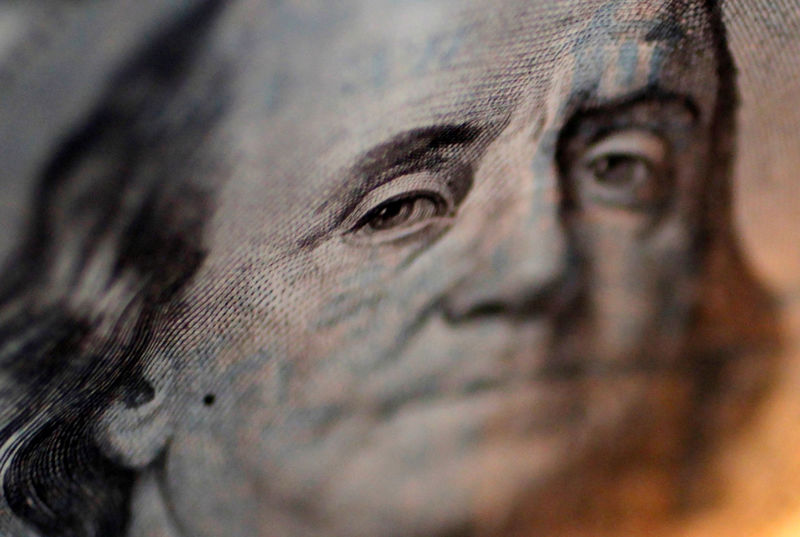
Stronger-than-expected Chinese gross domestic product data helped inspire some optimism towards Asia’s biggest economy, but the reading was offset by other middling economic indicators.
The Chinese yuan moved little on Tuesday, with the USDCNY pair hovering well over 7.2 even as GDP data showed the economy grew more than expected in the first quarter.
But this was undermined by softer-than-expected industrial production and retail sales data for March, which suggested that momentum in the Chinese economy may already be slowing after a strong start to the year.
The People’s Bank of China also set a weak midpoint for the yuan, given that the central bank has limited headroom to keep supporting the Chinese currency. The offshore yuan’s USDCNH pair sank 0.2%, reflecting persistent selling biases towards the yuan.
While monetary stimulus measures are expected to help support the Chinese economy, they herald more weakness for the yuan in the coming months.
The dollar index and dollar index futures rose 0.1% each in Asian trade, hitting their highest levels since early-November. The greenback’s latest gains came as U.S. retail sales data read hotter-than-expected for March, further underpinning inflation expectations.
The retail sales data came just days after stronger-than-expected inflation readings for March saw traders largely price out bets on a June rate cut by the Federal Reserve.
Focus is now on an address by Fed Chair Jerome Powell, due later on Tuesday, for more cues on the path of interest rates and the U.S. economy.
Fears of higher-for-longer U.S. rates, coupled with weak risk appetite amid growing tensions in the Middle East, were a key weight on Asian currencies. Safe haven demand also saw traders largely favor the dollar.
The Australian dollar- usually seen as a key indicator of risk appetite, retreated on Tuesday, with the AUDUSD pair falling 0.4% to a five-month low.
The South Korean’s USDKRW pair rose 0.9% to a 17-month high, while the Singapore dollar’s USDSGD pair rose 0.3%.
The Indian rupee’s USDINR pair was close to record highs, trading well above the 83.5 level.
The Japanese yen weakened further this week, with the USDJPY pair rising to a new 34-year high above 154.
Recent weakness in the yen came even as several Japanese government officials warned against excessive forex speculation- a trend that is expected to spur intervention in currency markets.
This kept traders on guard for any potential intervention by the Japanese government, which usually entails selling high amounts of dollars to bring down the USDJPY pair.
To read the full article, Click Here

